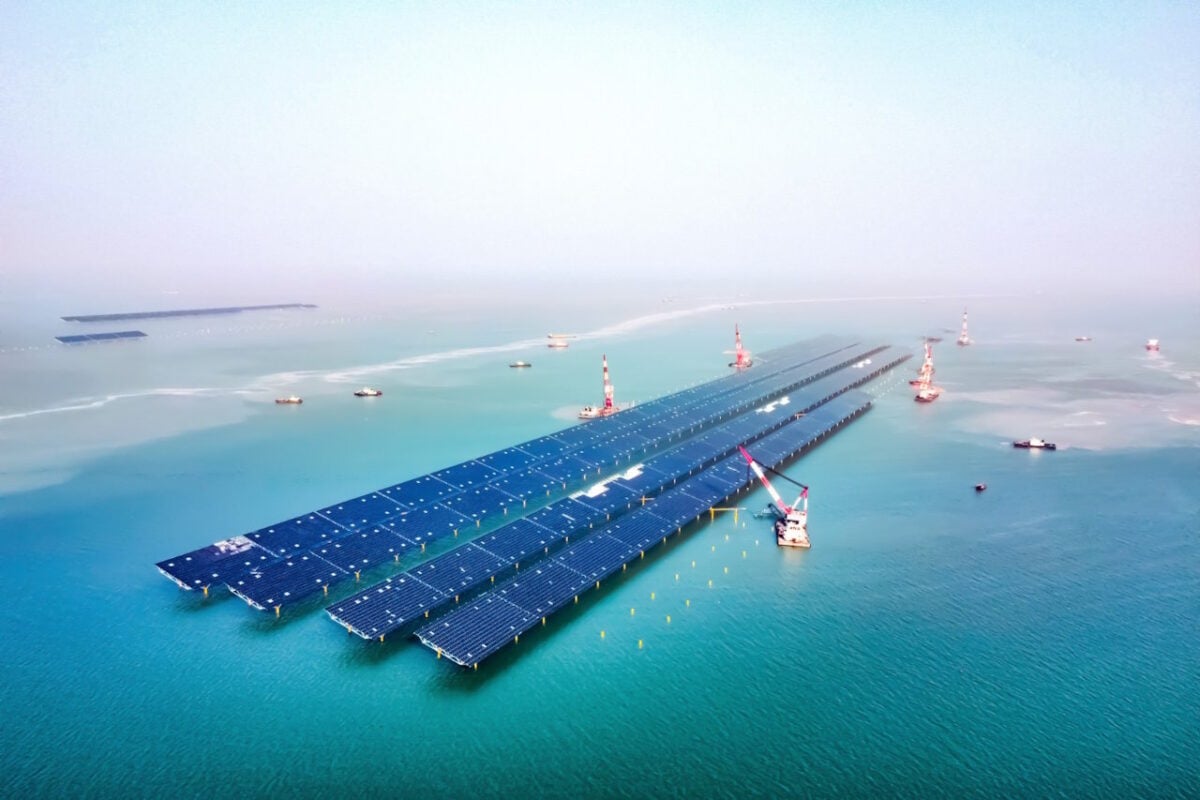First up, from PV Tech, November 14:
China’s CHN Energy completes world’s largest open sea floating solar PV project

State-owned China Energy Investment Corporation (CHN Energy) has completed a 1GW floating solar PV facility in the Shandong Province of China.In a statement released on Wednesday (13 November), CHN Energy said it had successfully connected the project to the grid, claiming it is the “first and largest of its kind in the world”. Its subsidiary, Guohua Energy Investment, completed the installation.
The floating solar power plant is situated around 8km off the coast of Dongying City, on the eastern coast of China, adjacent to the Bohai Sea....
....MUCH MORE
Also at PV Tech, November 14:
Tata Power commissions India’s ‘largest’ floating PV plant
And from Singapore's Channel News Asia, also November 14:
Commentary: Floating solar farms may be key to Singapore’s clean energy future
From Singapore’s Tengeh and Kranji to Indonesian island Batam’s Duriangkang, there is huge potential for floating solar farms over reservoirs and offshore waters in the transition toward clean energy, says the National University of Singapore’s Stefan Huebner.
If all goes to plan, Batam’s Duriangkang reservoir will be home to the world’s largest floating solar farm and supply Singapore with low-carbon electricity in a few years.
Floating solar photovoltaic (PV) systems on reservoirs and open waters have gained prominence, as more countries tackle the critical transition toward cleaner energy. Singapore already has multiple floating solar farms, such as at Tengeh Reservoir, and there are plans to expand installations to Kranji, Lower Seletar and Pandan Reservoirs.
Without major rivers and because of the low wind speed near the equator, solar energy remains the most viable renewable option, supported by the falling prices of panels.
Given terrestrial space constraints, here’s why the future of solar power in Singapore might be over reservoirs and even beyond our shores.
ADVANTAGES OF FLOATING SOLAR FARMS
Solar PV systems have some competition. There are plans to gradually retrofit existing infrastructures to transport hydrogen or ammonia, a less flammable but toxic hydrogen carrier, and use them alongside natural gas in power plants, ultimately fully substituting the fossil fuel....
....MUCH MORE